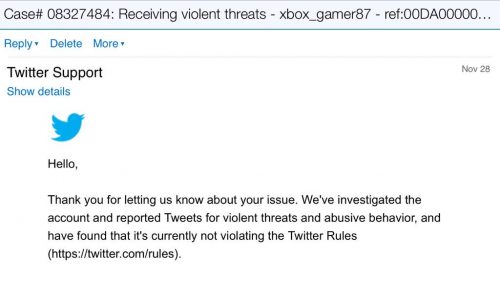A couple of years ago I wrote about Friendsgiving, that very special holiday where cash-strapped millennials gather around a dietary-restriction-labeled potluck table and make social space for their politics and life experiences under late capitalism. All still very relevant, though I suspect this is the year where we should come up with a name for whatever happens after late capitalism. Some of you, of course, will be sharing a table with people not of your own choosing and so you might be forced into reckoning with people who make excuses for Nazis and disagree that trans people exist.
What follows are a couple of useful tactics that will help you hold your own and get through arguments that we shouldn’t have to keep having but here we are. These probably will not help you in a completely hostile room. These are better if you’re in a mixed crowd and you want to make sure that at the end of the political argument people don’t leave saying nothing more than “politics is so divisive!” People only criticize divisiveness when they aren’t sufficiently convinced by one side. more...











